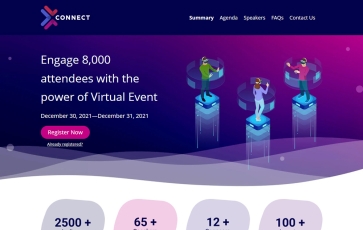Unleash your event’s potential with all the website features you need
Get a head start with designer-made event website templates
You may also like

Incredible Event Websites: Examples and Inspiration

How-To Series: How To Create Event Website and Registration for Hybrid Events










